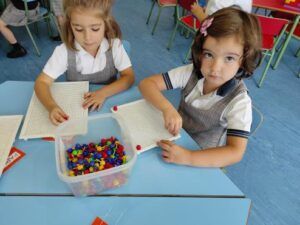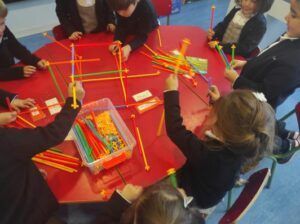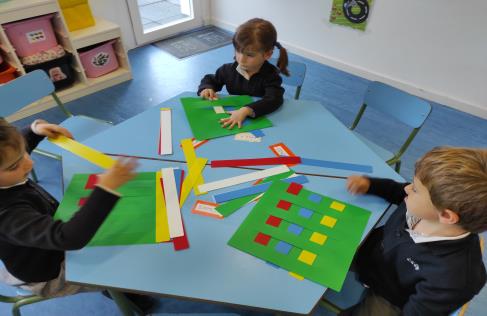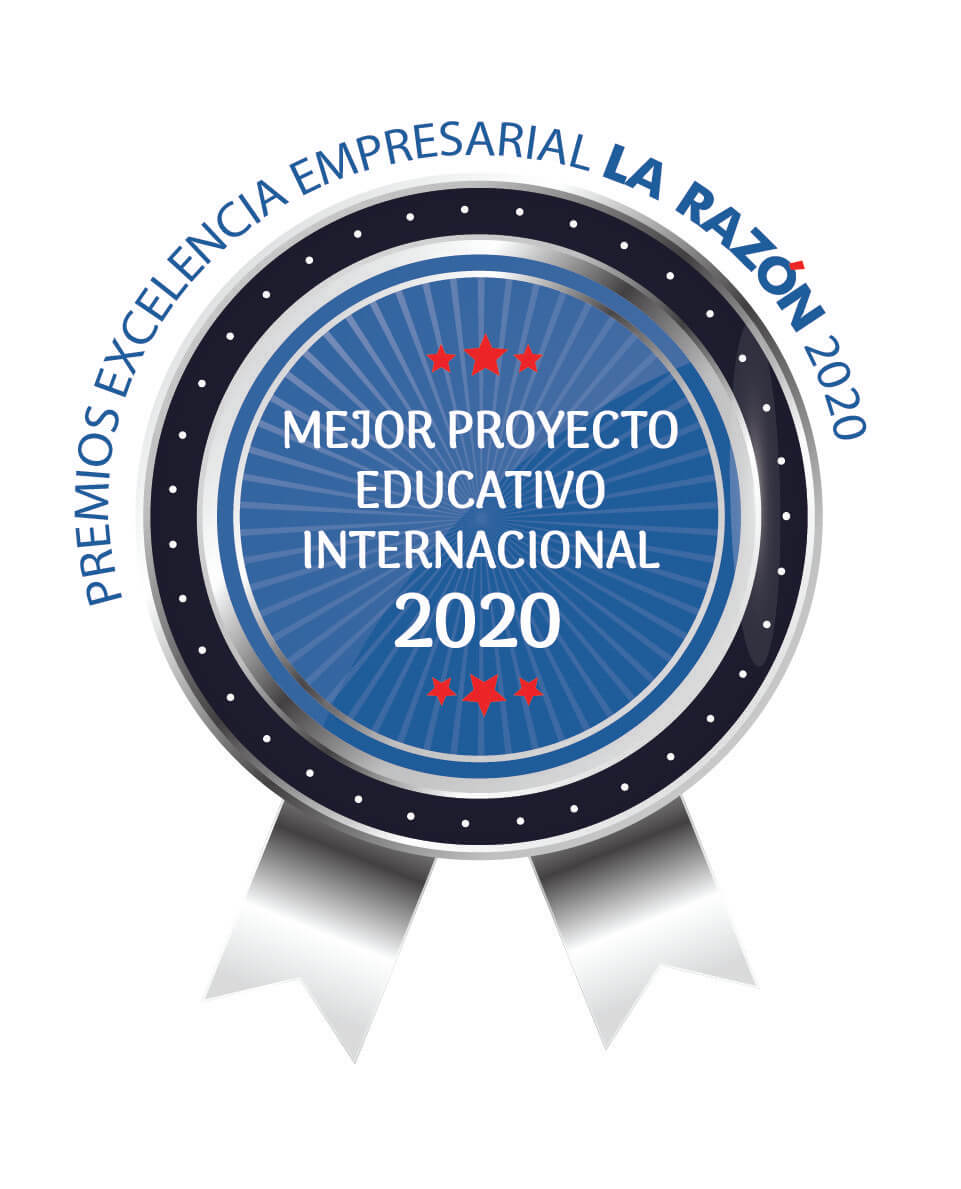THE IMPORTANCE OF WORKING FINE MOTOR IN EARLY AGES
What is Fine Motor?
Fine motor skills primarily involve the upper extremities, especially the hands, and are the foundation of our ability to use objects, tools, and utensils.
This ability, so common in human beings, is part of global development, and is the culmination of the proper functioning of a set of structures, skills and factors.
Its development is essential for the child’s interaction with its surroundings and its maturity begins from birth and is always in constant relationship with horrible motor development.
When we talk about fine motor skills or manipulative skills, we are referring to several actions:
- Reach: extension or movement of the arm to grasp an object.
- Grab: take an object with the hand.
- Load/carry: grab and carry an object from one place to another.
- Voluntary release: intentionally leaving the object that was held in the hand, in a specific place and time.
- Bilateral use of the hands: joint use of the hands to carry out the activity.
- Hand manipulation: Placing an object in the hand after it has been grasped.
- Dexterity: ability to perform small movements with the hands accurately and efficiently, sharply and without much effort.
The purpose of fine motor skills
Fine motor skills are aimed at coordinating small muscle movements. That is, the development of the muscles of the hands, wrists, feet, fingers, mouth and tongue
Coordination with the eyes in relation to motor skills.
This facilitates the development of daily tasks where they are used simultaneously: eyes, hands, fingers, mouth, tongue, feet, such as dressing, tying shoelaces, blowing, brushing teeth, eating, tearing, cutting, painting, stacking objects, etc. coloring, writing, among others.
Profits
The constant training through educational games that stimulate visual-motor skills and coordination will result in a good development of fine motor skills.
This will be reflected in the mastery and precision of fine movements and will give them autonomy and security in carrying out daily activities, thus achieving the development of their independence and carrying out increasingly complex activities.
Fine motor skills are important because they are essential for the development of daily habits such as getting dressed, fastening buttons, closing zippers, opening the tube of toothpaste,… Without these skills, the child’s ability to do things is diminished, and to function properly in their environment and this affects their self-esteem and school learning.
If the child has good visual-motor development, what happens?
The child who has had good fine motor training can dress himself and tie his shoelaces much more easily.
To do this you must have acquired fine gesture control and precise movement.
Also, he will be able to eat independently by knowing how to use a spoon, fork and put them in his mouth, as well as how to brush his teeth correctly, due to the maturation of his eye-hand coordination.
Having good manual dexterity and visual-motor coordination, writing will already be an easier task to achieve.
Fine motor skills significantly help the child
The development of fine motor skills between the ages of 3 and 6 is of the utmost importance for the development of their abilities and the achievement of daily tasks, as well as providing autonomy and self-confidence.
One of the ways to work and stimulate the mobility of the wrist, hands and fingers is through exercises to stimulate the muscles of the wrist and hand, visual-motor coordination activities and precision challenges.
We do this in fun corners where we propose different games and activities such as:
Invent structures and mechanisms with LEGO construction pieces and use materials such as cardboard, pencils, scissors, glue, paint, dough, with which they will create their own works of art, without neglecting the main objective of stimulating fine motor skills.
Examples of fine motor skills for children to develop skills that will help them acquire skills.
- Separate candies by colors, etc.
- Grab a brush to paint.
- Mix lentils with rice and separate the lentils with your fingers.
- Place clothes pegs
- Stringing raw macaroni on a string
- Pick up a small item with the index finger and thumb
- string beads
- Cut figures.
- Fasten and unfasten buttons.
- Raise and lower zippers…
What does Maria Montessori say about fine motor skills?
Fine motor skills is a fundamental manual skill to strengthen the skills of students, especially in the Preschool grade, establishing the bases for the pre-writing process. Following Montessori (1995), the child must prepare for life by being autonomous and independent.
María del Pilar Gómez
Early Years Teacher
















![BAPParentLogo[5]](https://fontenebroschool.com/wp-content/uploads/2020/09/BAPParentLogo5.png)


